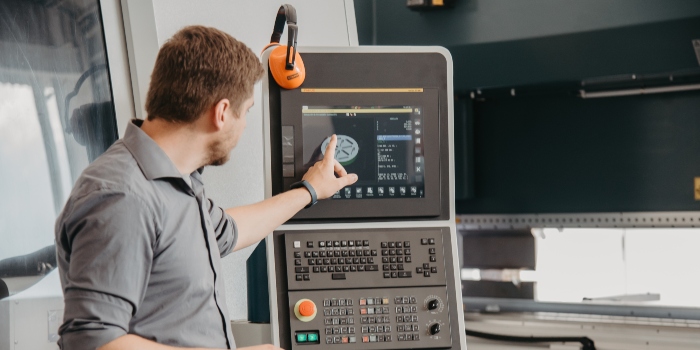Content 2023-09-27
Nowadays, when we hear terms like “user experience,” “user interface” and “usability,” we tend to think about digital products. However, these concepts do not just apply to digital products but also to the design of physical and tangible products, where they were first used.
“User experience” (UX) refers to someone’s perceptions and reactions when using a product, system or service. “User interface” (UI) means the components of a product that provide information and enable users to perform a specific task. Finally, “usability” is the degree to which particular users can use a product, system or service to achieve their goals effectively, efficiently and satisfactorily in a given context of use.

UI-UX design first appeared in the design of physical products.
The study of the interaction of a person with a device dates back to the mid-20th century, when many devices were developed but were difficult to use given their technological complexity and novelty. This was a turning point in how the role of humans in relation to machines was considered since creators understood that they could not develop innovative technology without considering users. To do this, they needed to understand and anticipate user behavior to increase the device’s effectiveness and efficiency when performing a task.
Different volumetric gestures or chromatic accents can suggest ways of holding, orienting or operating a device.
Specific approaches and methodologies were developed to implement this new dynamic in an effort to place people at the heart of the design process. User-centered design allows us to understand the needs, abilities and behaviors of the people interacting with the product and include these aspects when designing. Defining the target audience is a fundamental stage in the process. Projects with vast audiences must also consider factors such as universal inclusion.
Interaction design is a multidisciplinary field where sociological, psychological, anthropological and ergonomic approaches converge. Only some projects need to implement this approach in depth. However, user-centered design involves observing specific use contexts and sequences in detail and documenting the findings. Then, the hypotheses outlined by the project team and the target audience should be analyzed and validated permanently. Finally, the results are included in the development process to ensure they can be applied to solve the relevant problem effectively.
Interaction design is a multidisciplinary field.
Understanding and using the product appropriately and intuitively should be priorities in user experience design. The relationship between the product and its context must also be considered, as well as how the product influences or is conditioned by its environment. The entire product life cycle should be considered, including shipping, unboxing, assembly if necessary, use, storage, repair or maintenance, and even disposal.
During use, the product interface is the element that stands out. At this point, considering the abilities and limitations of the audience will help us work on the organization and layout of controls (buttons or actuators) and indicators (visual as LEDs or displays, tactile or haptic). Graphic elements such as texts or icons usually explain how controls are used, but this can also be insinuated or reinforced by emphasizing the product’s formal and aesthetic features. Different volumetric gestures or chromatic accents can help suggest ways of holding, orienting or operating a device, facilitating its use and accelerating the appropriation process.
Research on user experience will ensure that the user interface is developed successfully.
At Proyector, we believe it is essential to include user-centered design methodologies and tools when developing complex products with a high degree of interaction, especially those with innovative functionalities. Additionally, these tools enhance the value of the project, which makes it possible to find necessary and relevant solutions for the public the product targets. In turn, this increases the chances of success in the market.